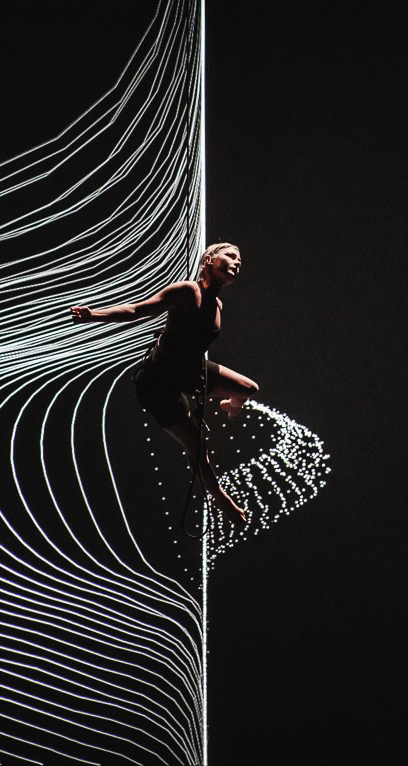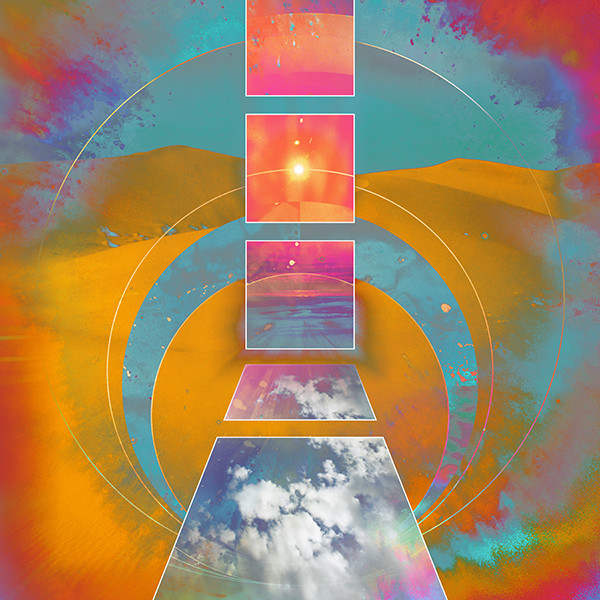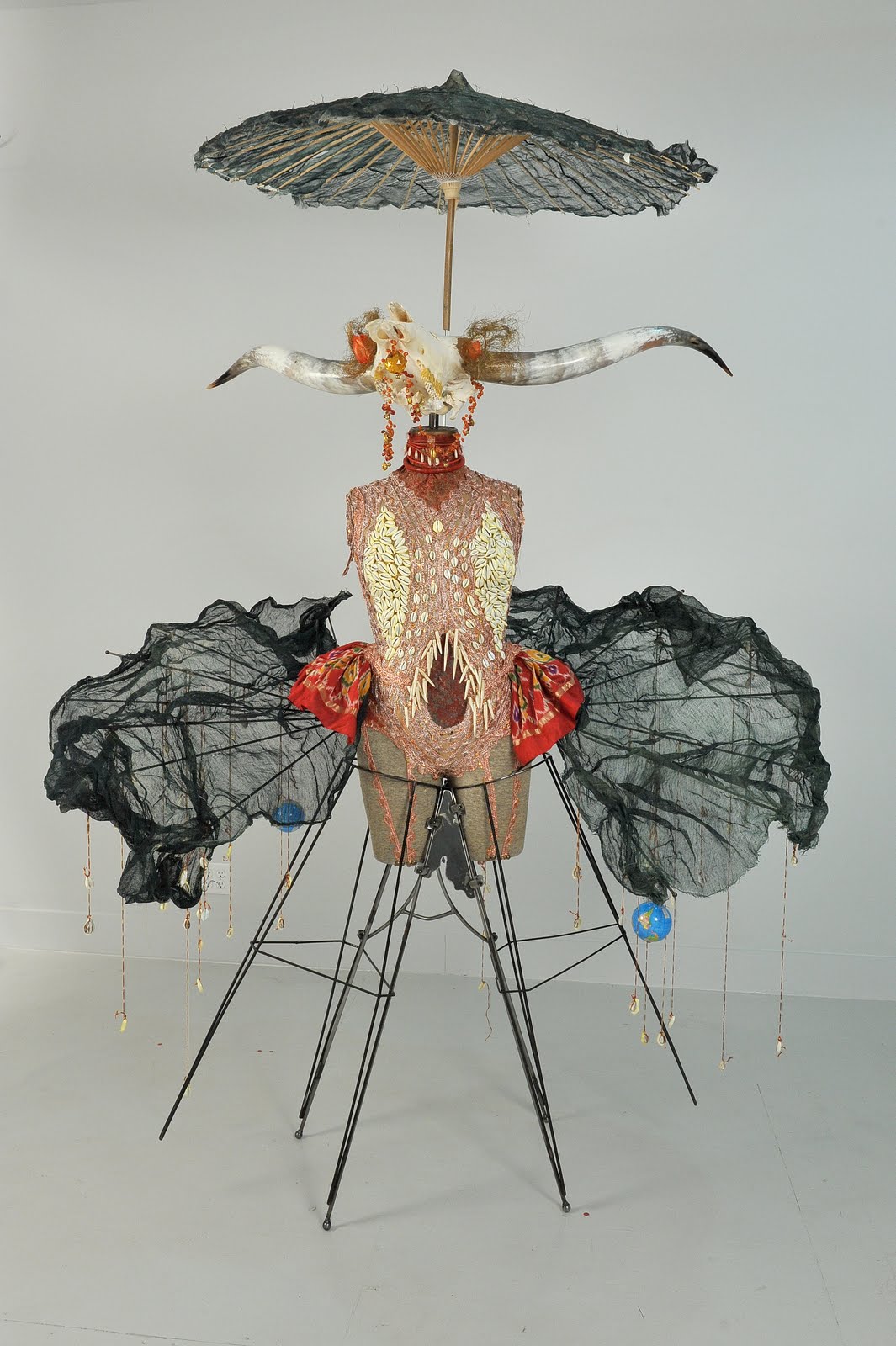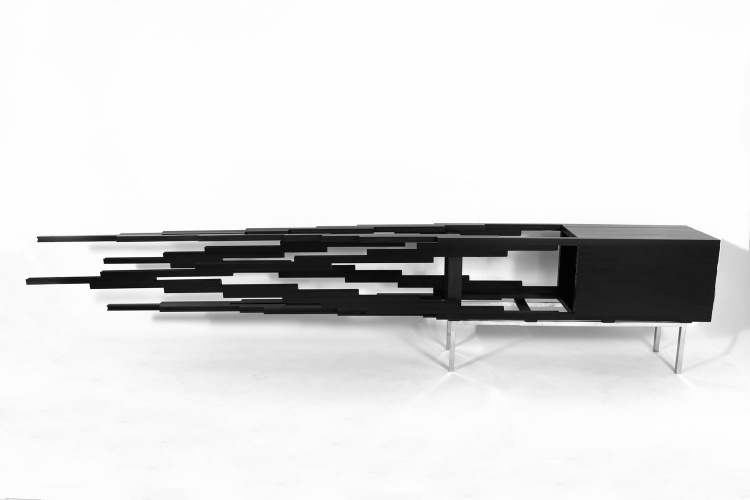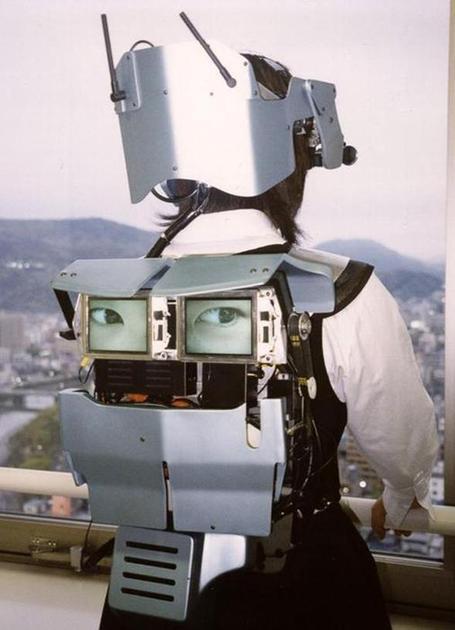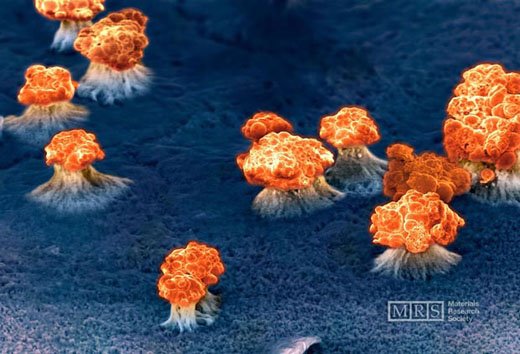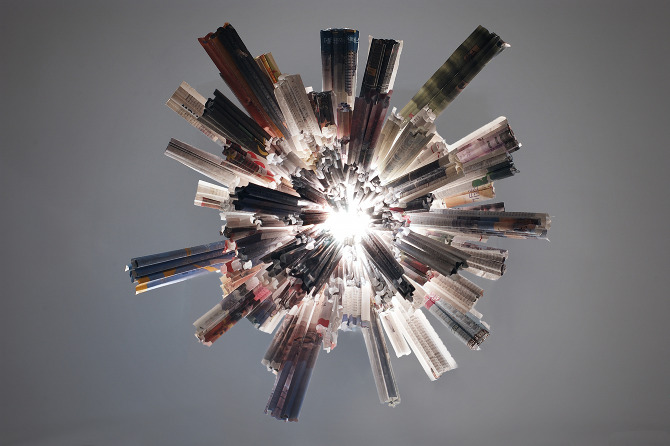
David Spriggs
Vision II
David Spriggs’ Vision artwork series have a distinct focus on the senses. Accentuated by an affinity between its subject matter and the fragmentary nature of the medium, there is a tension created between form and emptiness. Appearing both as an implosion and as an explosion depending on the one’s perception, the viewer has the sense that he/she is observing a form in becoming, yet at the same time breaking down. The immersive experience created by Vision provides the audience with the impression that they are in the midst of witnessing an event, something of monumental proportions akin to the Big Bang. In changing viewpoints by navigating around the work, Vision is continually altered, breaking down at the sides so that the viewer can only see the edge planes of multiple sheets, begging the question: Is there in fact a form, or just individual images?

